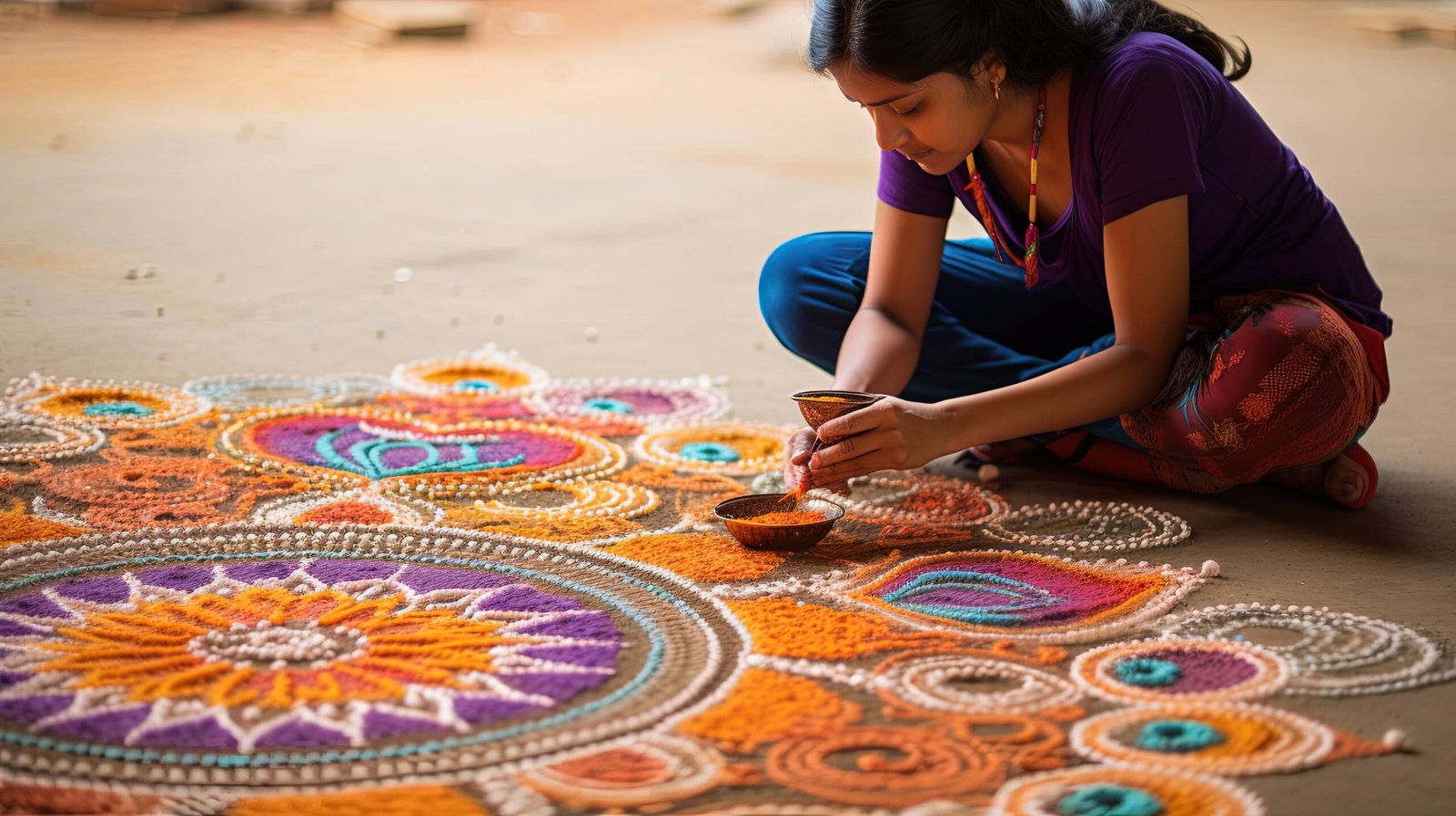Indian Wisdom Meets Modern Assessment: Creating Culturally Anchored Rubrics for CBL
As India reimagines its education system through the lens of NEP 2020, the spotlight is not just on what students learn, but how they learn — and equally importantly, how we assess what they have learned. In this new era of Competency-Based Learning (CBL), assessment is no longer about marks or percentages; it’s about measuring growth, understanding, application, and values. But for assessment to truly resonate with the Indian learner, it must be rooted in the cultural soil from which they grow.
This is where the idea of culturally-rooted rubrics becomes not only relevant but necessary. In a CBL ecosystem, rubrics serve as a bridge between learning objectives and actual learner performance. When thoughtfully designed, they offer clarity, direction, and purpose — for both teachers and students. But when these rubrics are infused with the timeless values, philosophies, and worldviews of Indian ethos, they become more than just evaluative tools — they become instruments of transformative learning.
Why Culture Matters in Assessment
India’s educational roots are ancient and profound. From the gurukul system that emphasised holistic development, to the philosophical frameworks of the Upanishads that inspired inquiry and reflection, our learning traditions were always aligned with values, context, and purpose. Education wasn’t divorced from life; it was life itself.
Today, if our assessment practices are to honour the spirit of NEP 2020 — which calls for culturally responsive, experiential, and value-based education — they must reflect the diversity, depth, and dignity of Indian culture. Rubrics, then, must go beyond global best practices and lean into local wisdom.
A rubric aligned with Indian ethos may assess not just collaboration but sahabhāgita (shared participation), not just critical thinking but viveka (discernment), not just creativity but anubhava (experiential insight). Such frameworks don’t just evaluate skills — they nurture samskāra (refined character).


Designing Rubrics with Indian Thought at the Core
In practical terms, creating culturally-rooted rubrics involves intentionally embedding Indian philosophical and ethical dimensions into assessment criteria. This does not mean replacing academic rigour with moral preaching — rather, it means evaluating learning in ways that are meaningful, contextual, and identity-affirming.
Let’s take an example of a rubric designed to assess a group project under CBL. Along with typical criteria like:
-
Clarity of communication
-
Originality of thought
-
Effective teamwork
-
Use of subject knowledge
We can also include:
-
Respectful dialogue (samyak vāda): Did the team members practice respectful disagreement and mutual listening?
-
Empathy and social concern (karuṇā and seva bhāva): Did the project reflect sensitivity to community issues?
-
Process orientation (yatra yatra manah, wherever the mind goes): Did students show mindfulness and reflection throughout the process?
-
Balance of individual and collective effort (lokasangraha): Was there harmony between personal initiative and team contribution?
These additions bring depth, meaning, and rootedness — turning rubrics from scorecards into soul-mirrors.
Competency Meets Culture: A Harmonious Confluence
CBL is fundamentally about ensuring that learners master competencies that prepare them for life — not just exams. But life in India is textured with values, stories, traditions, and relationships that shape how one interprets success, leadership, innovation, or resilience.
A culturally-responsive rubric can acknowledge and affirm these interpretations. For instance:
-
In assessing leadership, we may consider nīti (ethical judgment), tyāga (selflessness), and shraddhā (dedication) — not just assertiveness or task delegation.
-
In evaluating problem-solving, we might reward the use of contextual wisdom, local knowledge, or collaborative inquiry, as opposed to purely technical accuracy.
Such perspectives ensure that we are not merely importing assessment lenses, but creating a framework that is authentically Indian and universally relevant.
Empowering Teachers as Cultural Designers
For such rubrics to take shape, teachers must be empowered as designers — not just of curriculum and pedagogy, but of assessment itself. This requires a shift in training and mindset: to see assessment as an opportunity for cultural affirmation, not cultural erasure.
Workshops, resource banks, and collaborative design sessions can enable educators to co-create rubric templates rooted in Indian thought. Drawing from epics, folk traditions, regional languages, and lived community experiences can enrich this process and make assessments deeply resonant for learners.
A Call to Reclaim and Reimagine
Assessment is not neutral. The tools we use to measure learning also signal what we value. When rubrics reflect Indian ethos, they not only assess performance — they affirm identity, honour diversity, and nurture holistic growth.
In this light, culturally-rooted rubrics are not a deviation from global competency frameworks — they are a powerful contribution to them. They show the world how assessment can be rigorous yet compassionate, structured yet soulful, standardised yet deeply human.
In the meeting of Indian ethos and Competency-Based Learning lies the future of an education system that is proud of its roots and prepared for the world. It is time we let our rubrics speak not only of outcomes — but of origins, values, and vision.



